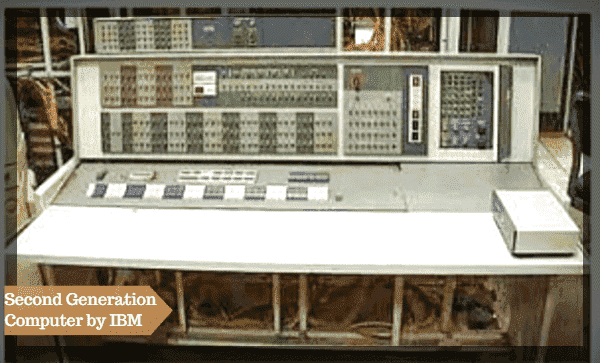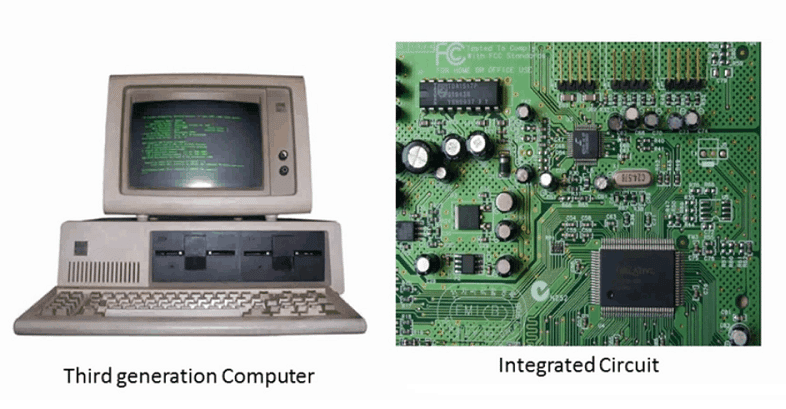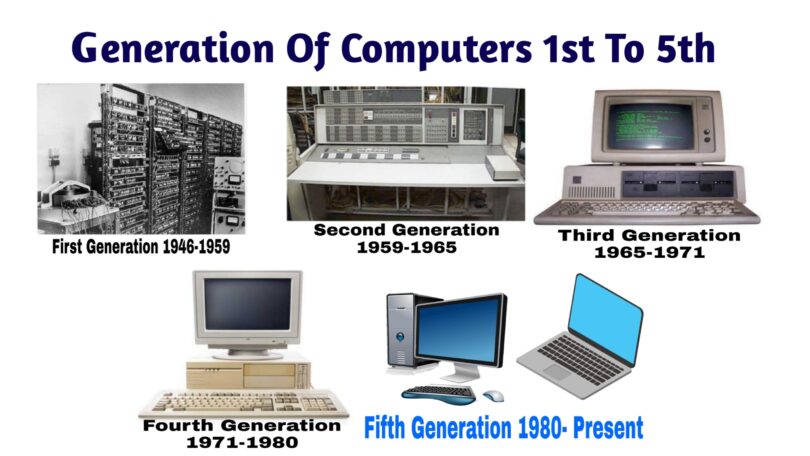Computer Full Form – Categories and Generations of Computer
The computer has become an indispensable part of our lives. From personal to professional use, computers have found their way into almost every aspect of our lives. In this blog post, we will explore the full form of computers and the categories and generations of computers.
RELATED: Life quotes motivate to continue the struggle for life 2023
The full form of computer is a “Common Operating Machine Particularly Used for Technology Education and Research”. This definition of computer gives us an idea of the purpose for which computers were originally developed. In the early days, computers were used for scientific and military purposes. However, over the years, their use has spread to almost every field.
Computers can be categorized based on their size, functionality, and application. The different categories of computers are supercomputers, mainframe computers, minicomputers, and microcomputers.
Supercomputers are the fastest and most powerful computers. They are used for complex scientific and engineering calculations. Mainframe computers, on the other hand, are large computers that are designed to handle a huge amount of data processing and storage. They are commonly used in large organizations for mission-critical applications. Minicomputers are smaller than mainframes but larger than microcomputers. They are used in smaller organizations or for specific applications like process control. Finally, microcomputers, also known as personal computers, are the most common type of computers used by individuals. They are designed for general-purpose use and can perform a wide range of tasks.
Computers can also be classified based on their generation. The five generations of computers are:
First generation (the 1940s-1950s): These were vacuum tube-based computers that were large, slow, and expensive. They were used primarily for scientific and military purposes.

Second generation (the 1950s-1960s): These were transistor-based computers that were smaller, faster, and more reliable than first-generation computers. They were used for business and scientific applications.

Third generation (the 1960s-1970s): These were integrated circuit-based computers that were even smaller, faster, and more powerful than second-generation computers. They were used for business, scientific, and military applications.

Fourth generation (the 1970s-1980s): These were microprocessor-based computers that were smaller, cheaper, and more powerful than third-generation computers. They were used for personal and business applications.

Fifth generation (1980s-present): These are based on artificial intelligence, natural language processing, and other advanced technologies. They are designed to be more intuitive, user-friendly, and capable of learning and adapting to new situations.

Computers can be categorized in different ways, including based on their size, functionality, and application. Here are some common categories:
- Supercomputers: These are the fastest and most powerful computers. They are used for complex scientific and engineering calculations.


- Mainframe computers: These are large computers that are designed to handle a huge amount of data processing and storage. They are commonly used in large organizations for mission-critical applications.

- Minicomputers: These are smaller than mainframes but larger than microcomputers. They are used in smaller organizations or for specific applications like process control.

- Microcomputers: Also known as personal computers, these are the most common type of computers used by individuals. They are designed for general-purpose use and can perform a wide range of tasks.

In conclusion, the computer has come a long way since its inception. From the large and slow vacuum tube-based computers to the small and powerful microprocessor-based computers, the evolution of computers has been remarkable. Today, computers have become an indispensable part of our lives, and we can only imagine what the future holds for this amazing machine.

